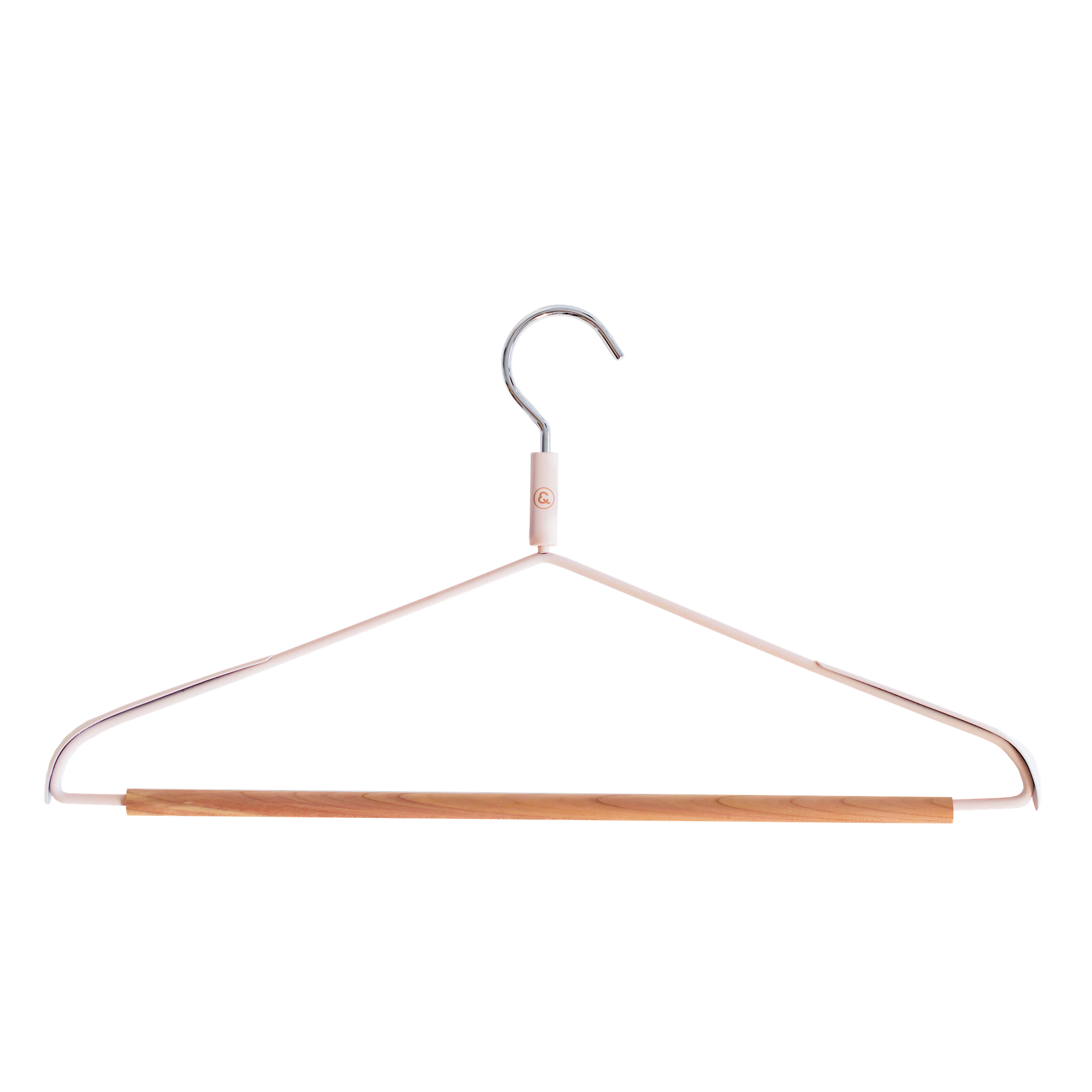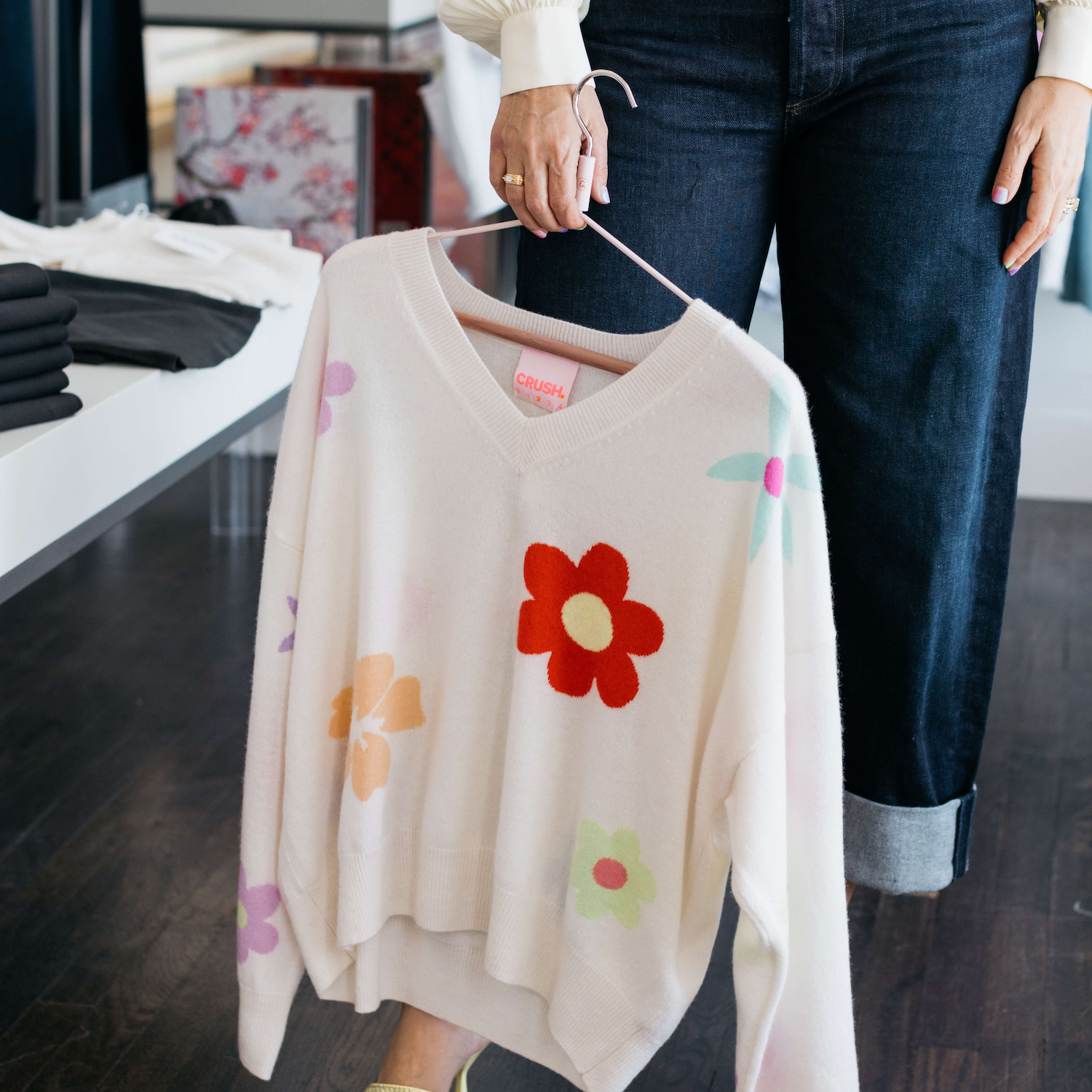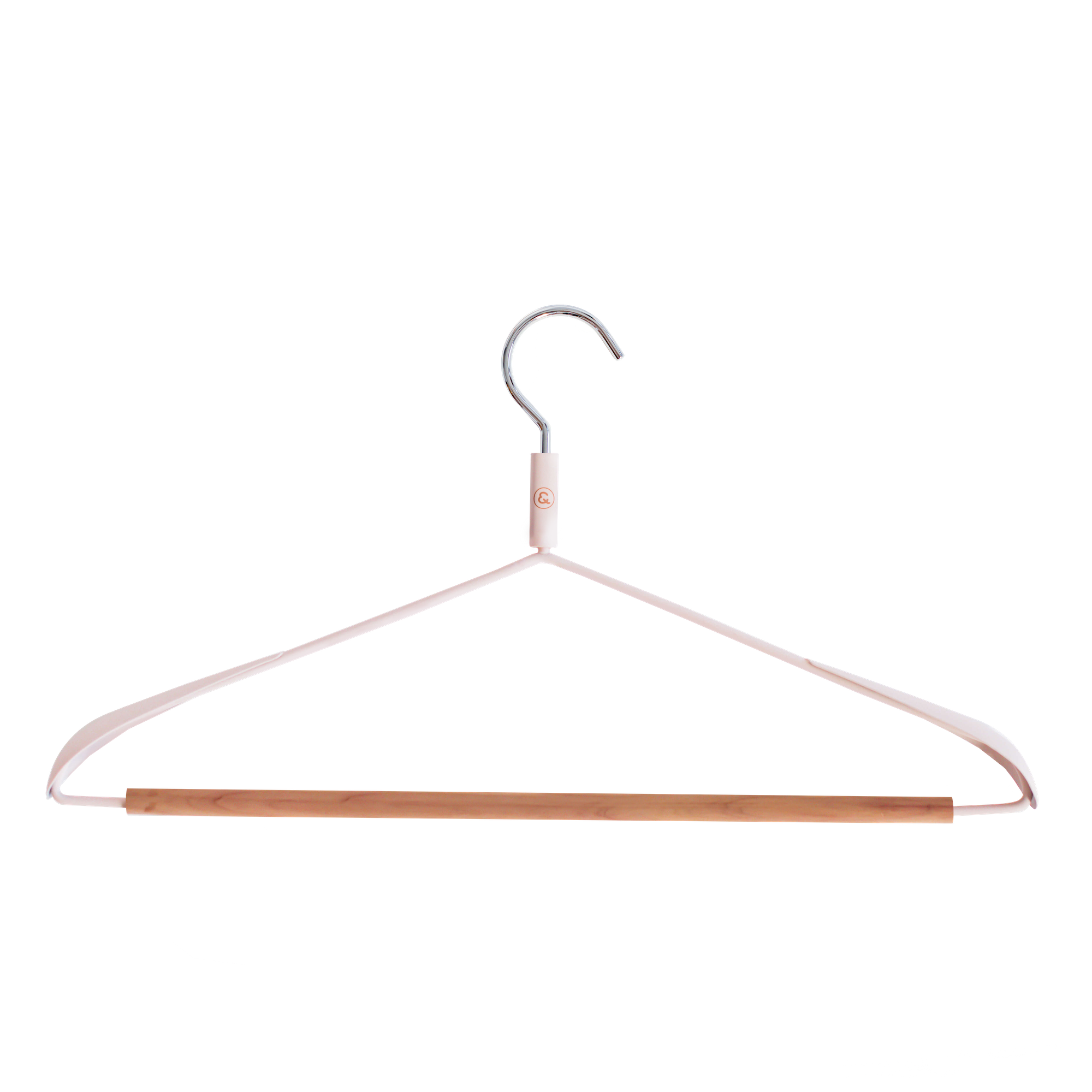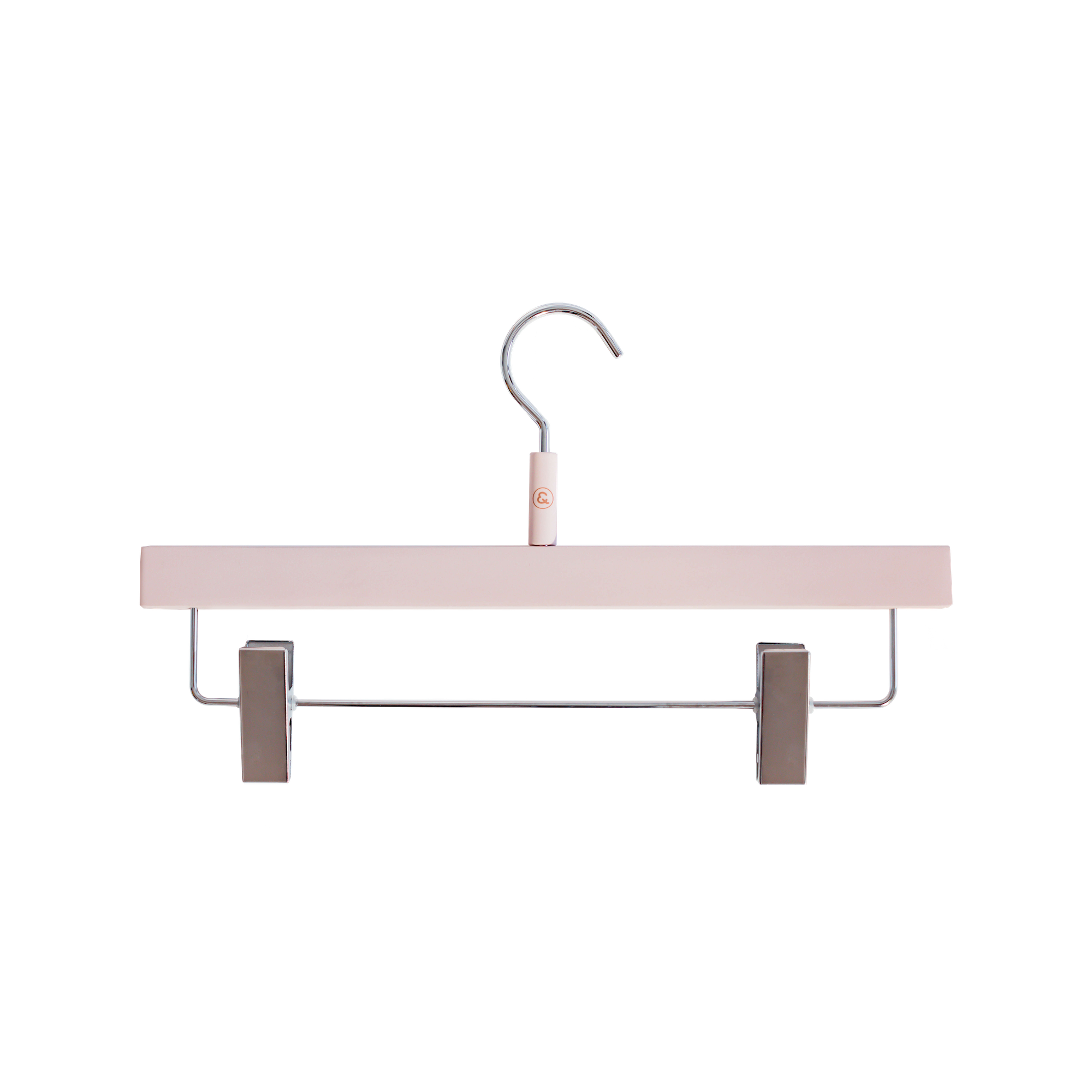In the grand tapestry of human invention, there are countless objects so ubiquitous that we seldom pause to consider their origins. The clothes hanger, a staple in wardrobes worldwide, is one such device. Its simple design is so intuitive, one might think it has always existed. But like all inventions, the clothes hanger has a history, one that traces the evolution of fashion, society, and technology.
The Early Precursors
Before the advent of the hanger, people stored clothing in trunks or chests, often folded or laid flat. This method, however, wasn’t ideal for keeping clothes wrinkle-free. With the rise of more intricate and delicate garments in various cultures, there was a pressing need to develop a storage method that would keep clothes in their best form.
The earliest precursors to the modern hanger can be traced back to ancient civilizations. The Greeks, for example, used pegs or hooks to drape their garments. In ancient China, a type of hanging rack was used to dry and store clothing. These early designs, however rudimentary, signaled the beginnings of what would become the clothes hanger.
The 19th Century: A Time of Change
As the 19th century dawned, fashion began to rapidly evolve, with both men and women having an increasing variety of garments in their wardrobes. The rise of the tailored suit, for example, necessitated a storage solution that could maintain the suit’s form and reduce creases.
In the 1860s, O.A. North of Connecticut patented the first semblance of a wire hanger. While not the twisted wire design we recognize today, it was a significant leap forward. It was compact, durable, and more efficient than previous storage methods.
The Birth of the Modern Hanger
It wasn't until the early 20th century that the hanger as we know it began to take shape. Albert J. Parkhouse, an employee of Timberlake Wire and Novelty Company in Michigan, is often credited with inventing the modern wire clothes hanger in 1903. Annoyed by the lack of hooks available to hang his coat, Parkhouse twisted a piece of wire into two ovals with a hook at the top. This design was the precursor to the standard wire hanger we know today.
However, Parkhouse wasn’t the only one with the idea. Around the same time, multiple patents were filed for similar designs. This explosion of innovation around the humble hanger was indicative of a broader shift in consumer needs and the evolution of retail.
The Era of Plastic and Beyond
With the advent of plastic in the mid-20th century, the hanger underwent another transformation. Plastic hangers, durable and more aesthetically pleasing than their wire counterparts, began to dominate the market. They also offered more versatility in design, leading to hangers tailored for specific garments like pants or skirts.
Moreover, as fashion evolved, so did the hanger. Velvet-covered hangers became popular for their non-slip surface, ideal for delicate fabrics and slinky dresses. Cedar hangers, prized for their ability to repel moths and impart a fresh scent, became a luxury item in many wardrobes.
The Clothes Hanger Today
Today, the clothes hanger is more than just a utilitarian item. It's a testament to design evolution, a reflection of societal changes, and in some cases, a piece of art in its own right. Sustainable hangers, made from bamboo or recycled materials, speak to our growing environmental consciousness.
In luxury boutiques, custom-designed hangers serve as an extension of the brand, providing customers with an elevated shopping experience. Even in our homes, the choice of hanger can be a reflection of personal style and an emphasis on garment care.
The clothes hanger, though often overlooked, has played an essential role in our sartorial history. From ancient pegs to modern, sustainable designs, its evolution mirrors our changing needs, values, and aesthetics. It reminds us that even the most commonplace objects have rich histories waiting to be uncovered. The next time you hang up your coat or drape a dress, take a moment to appreciate this marvel of design that has stood the test of time.









